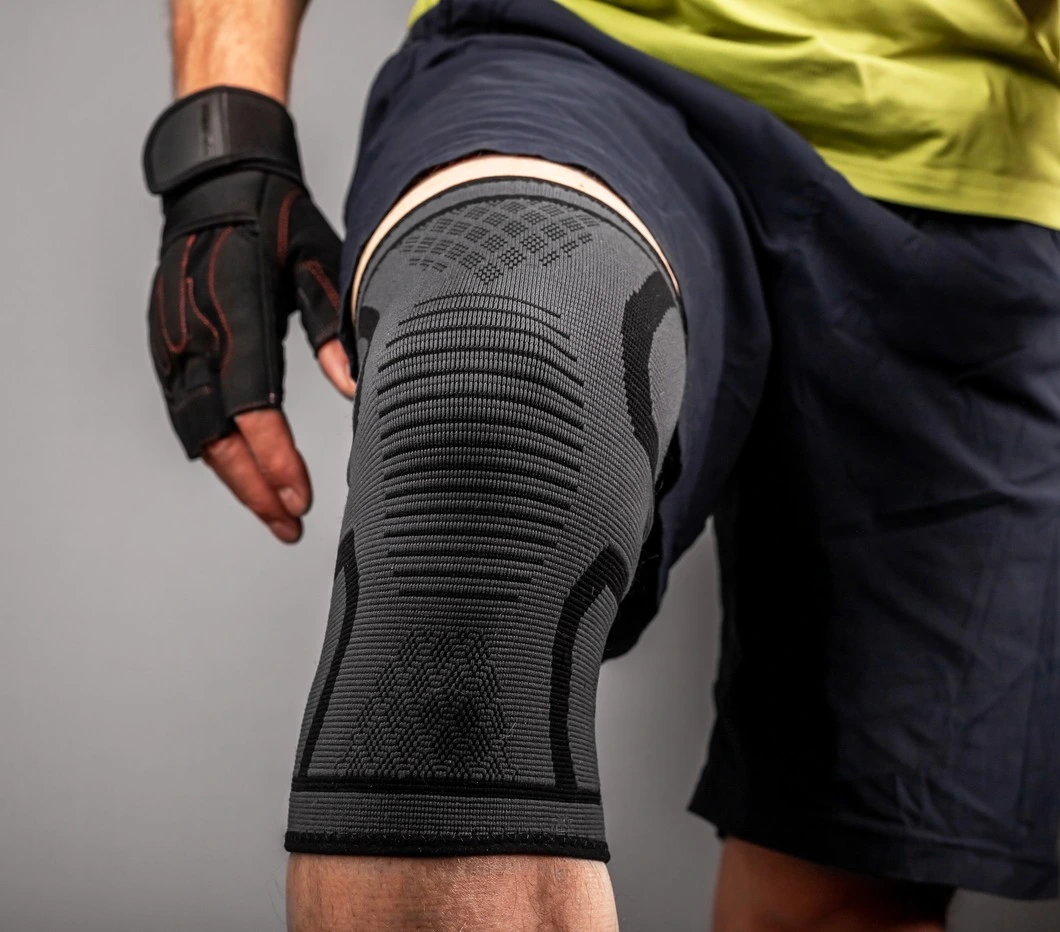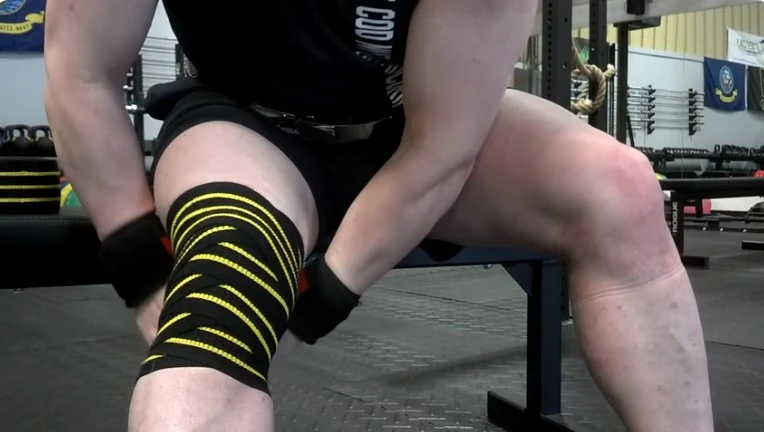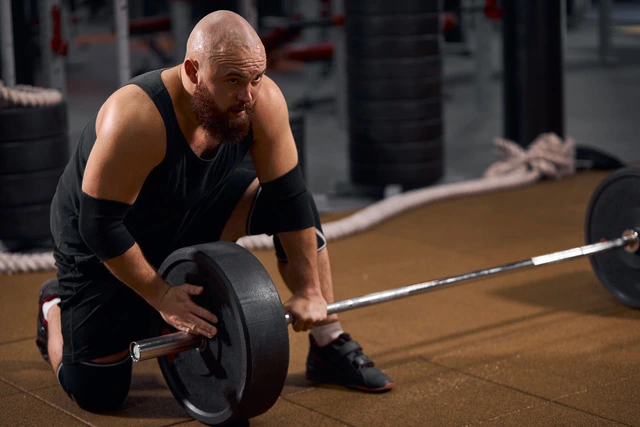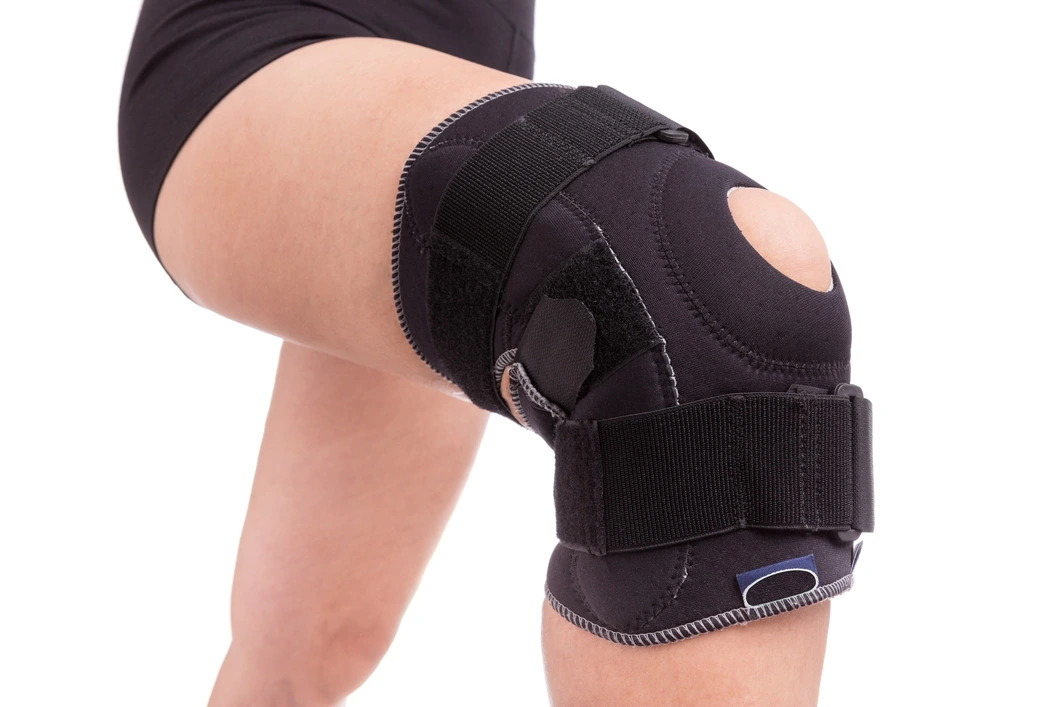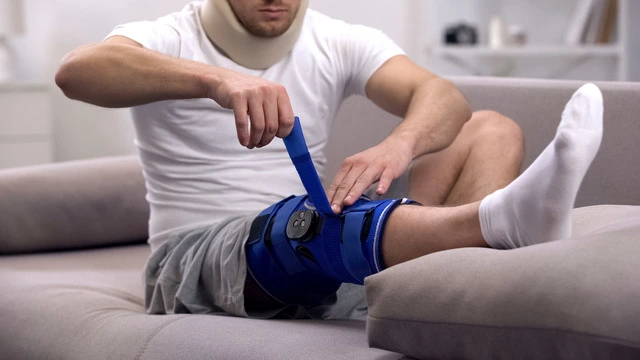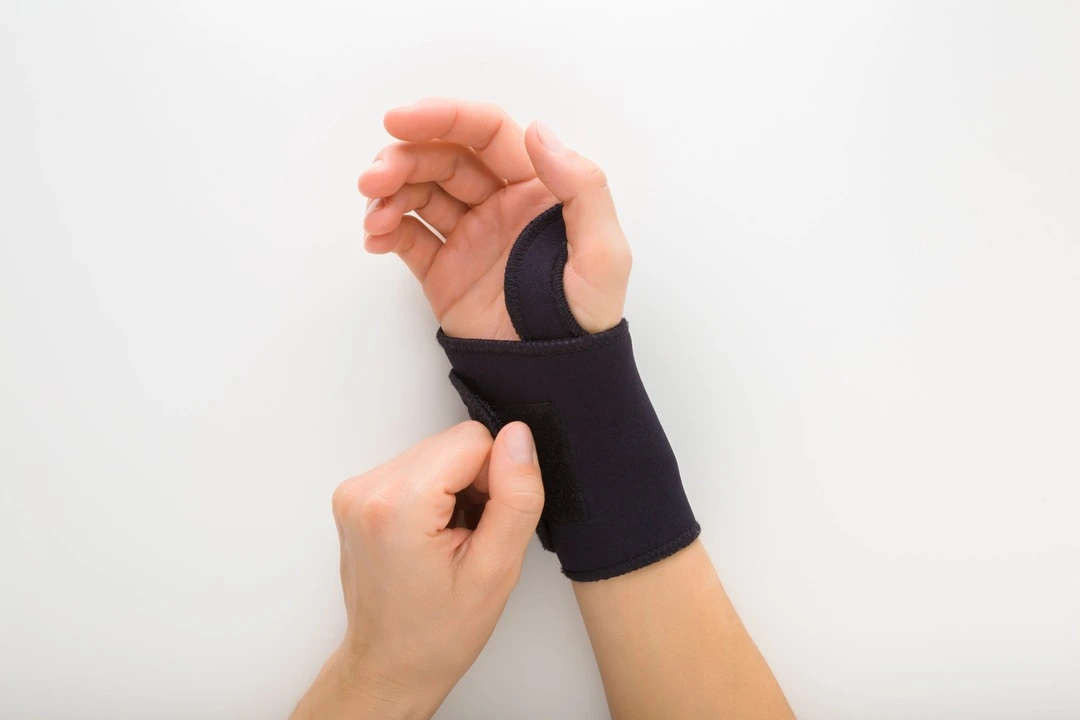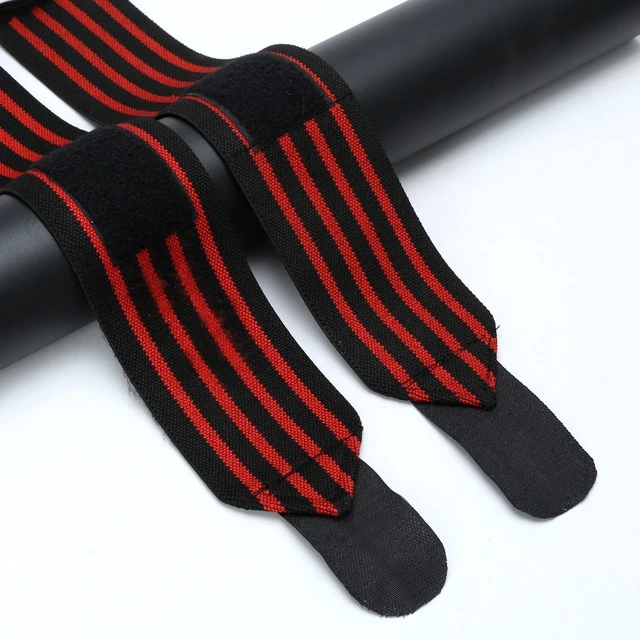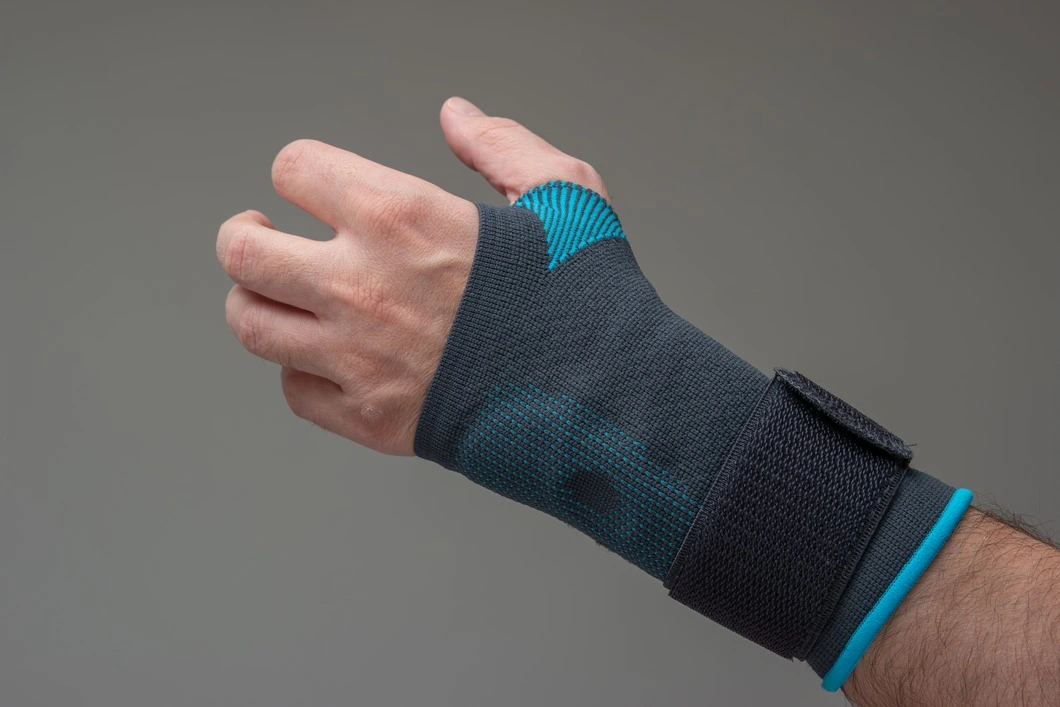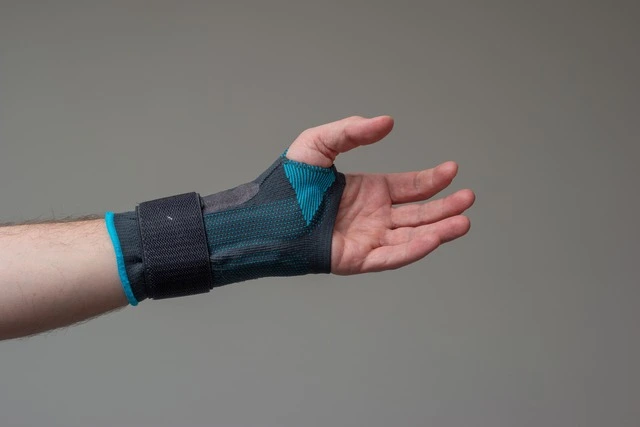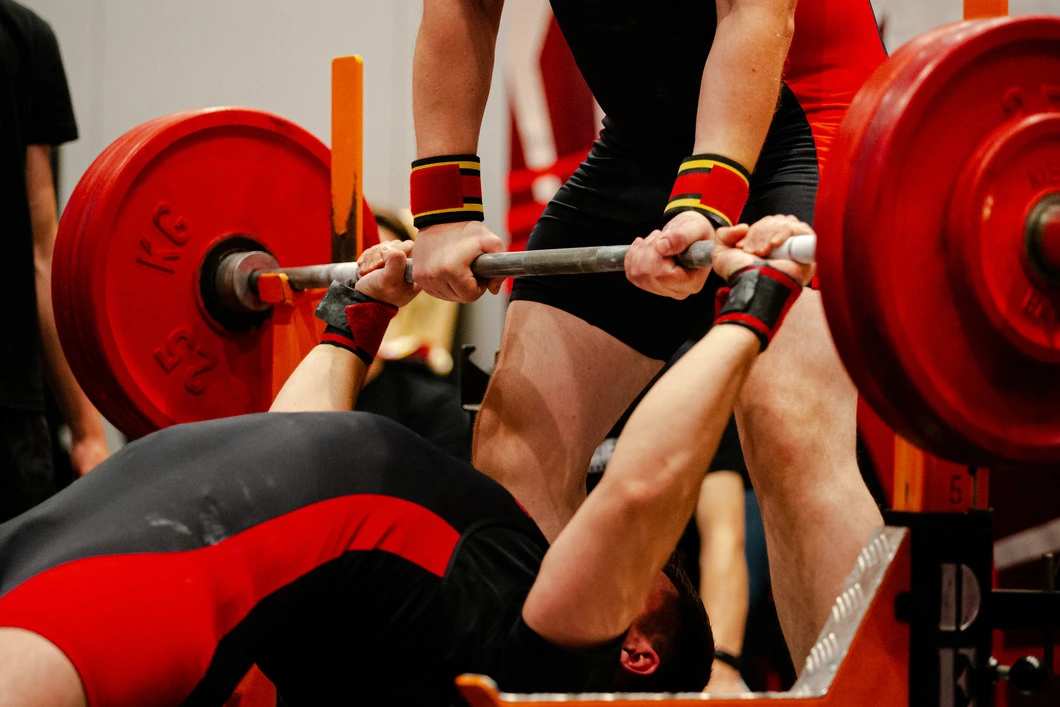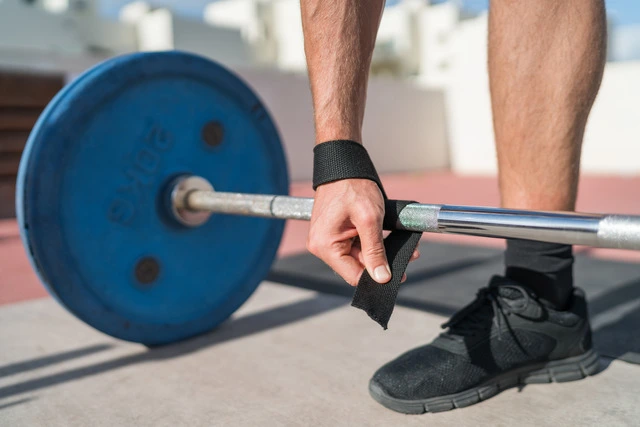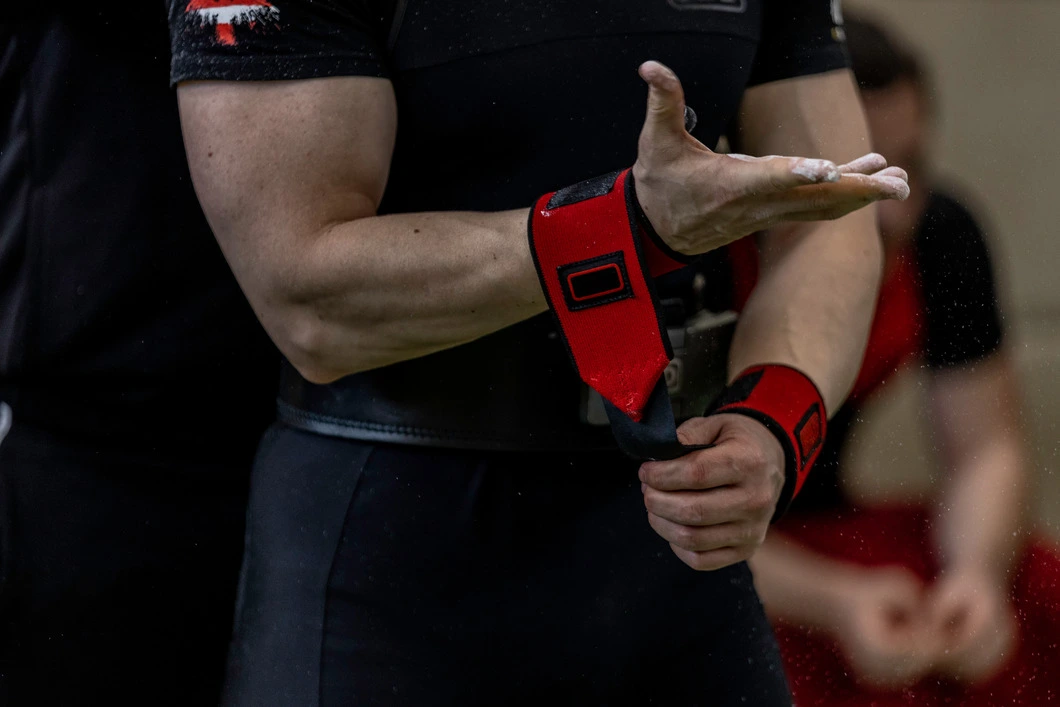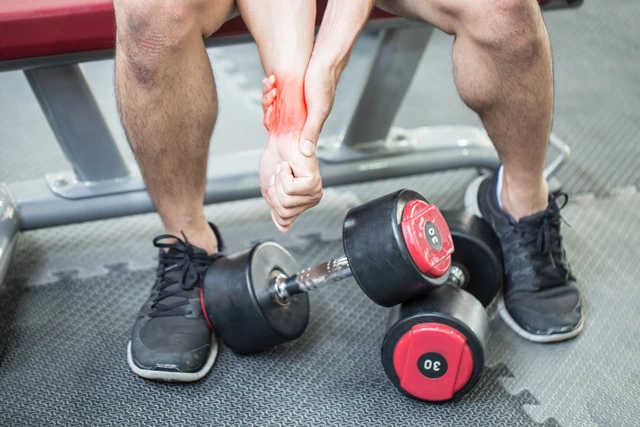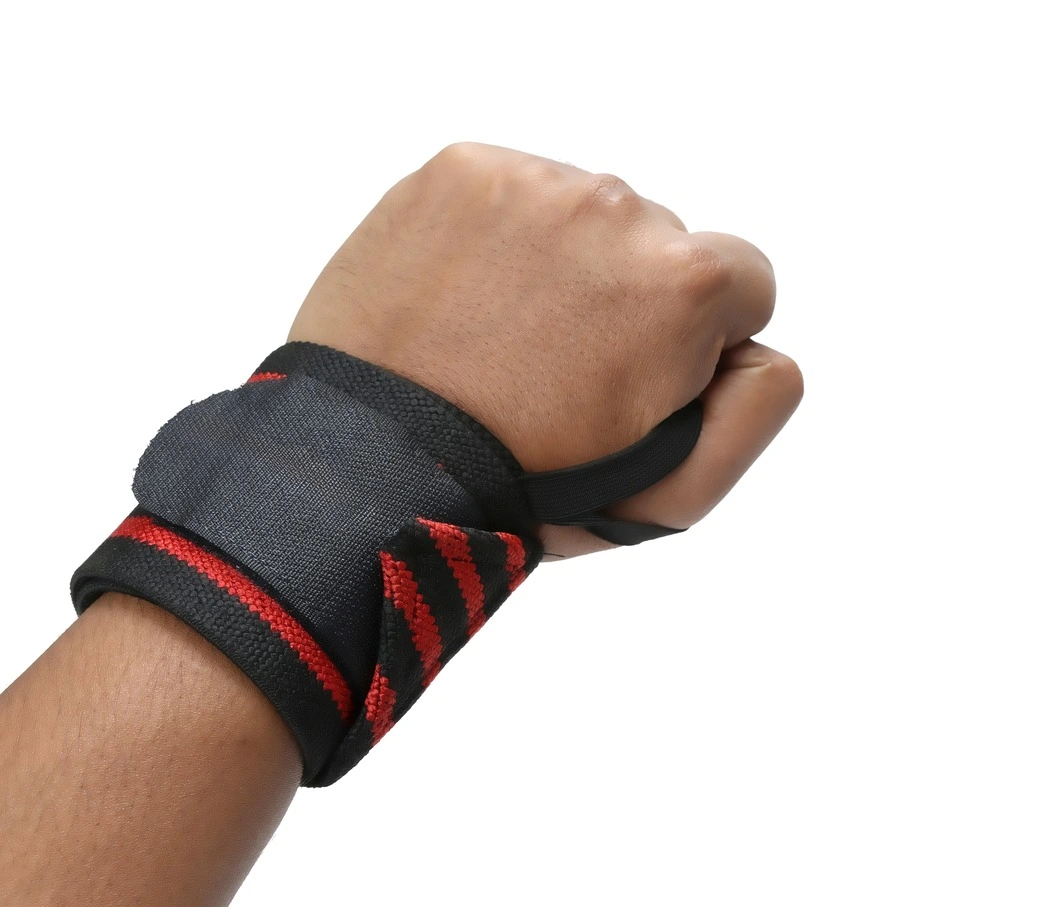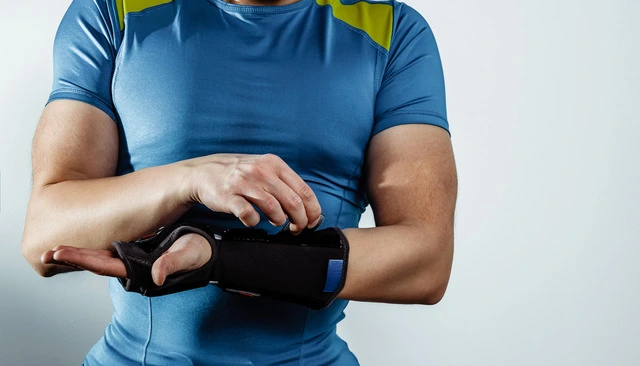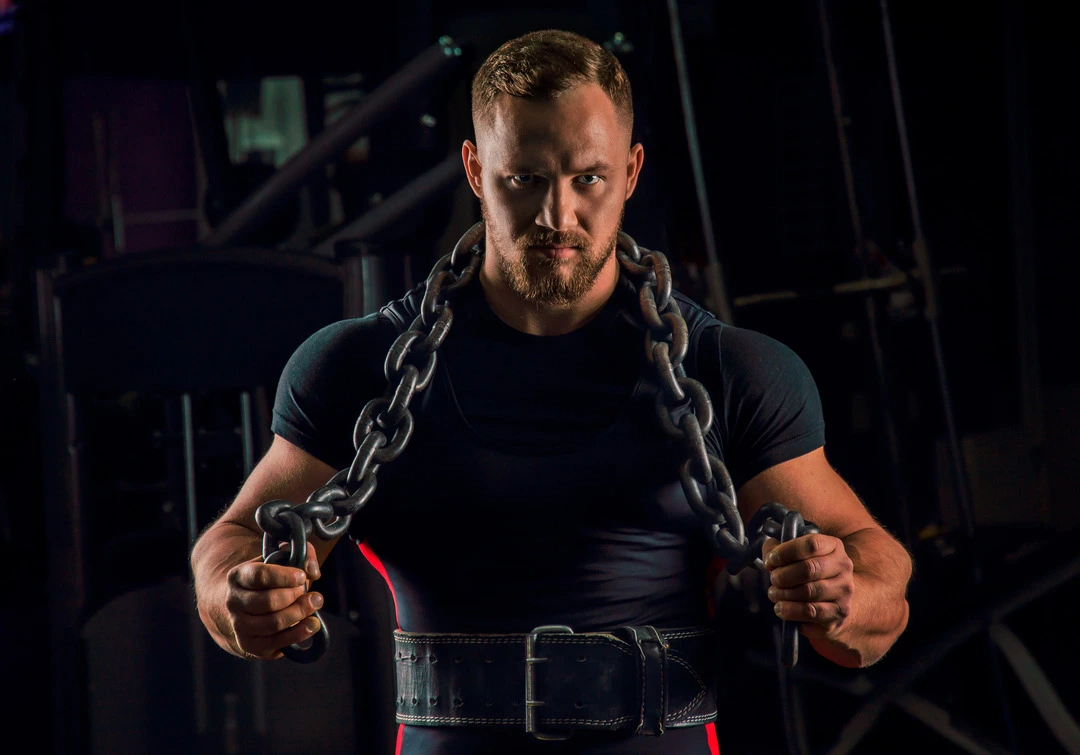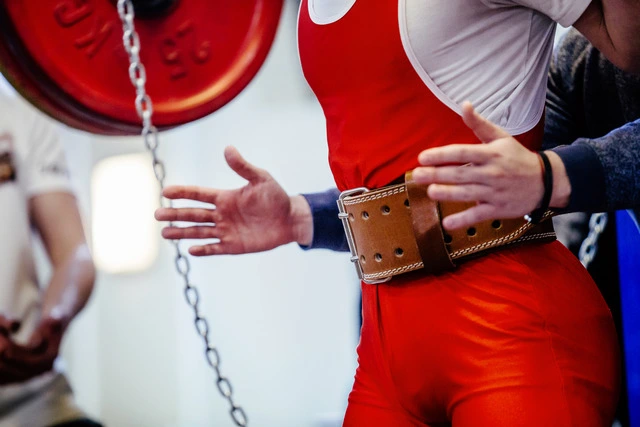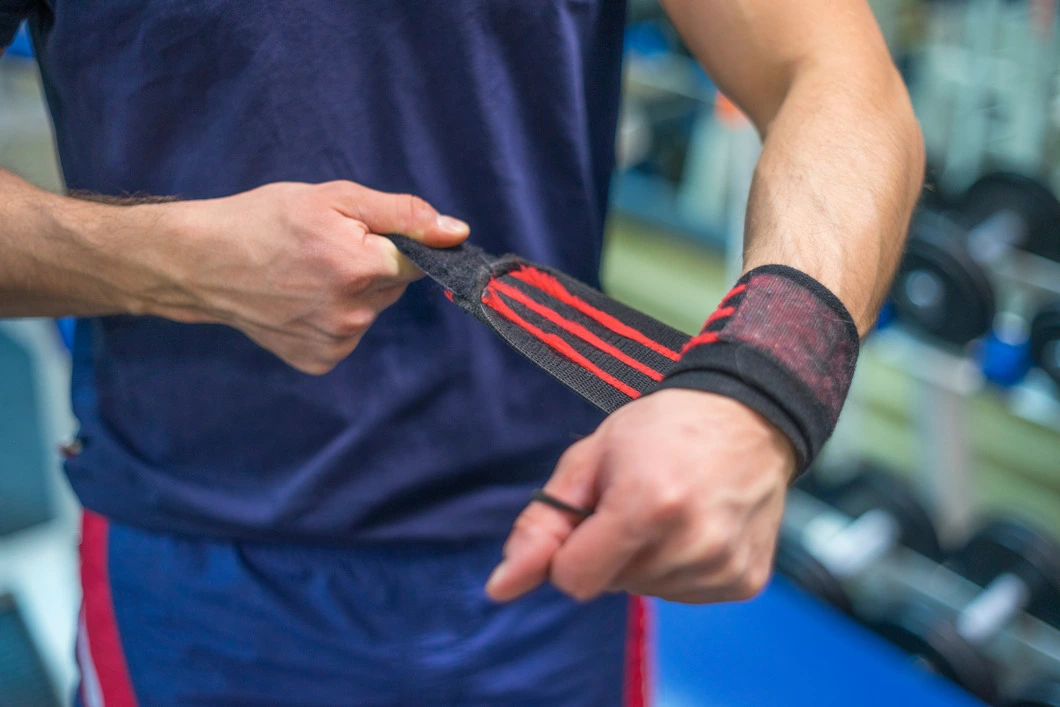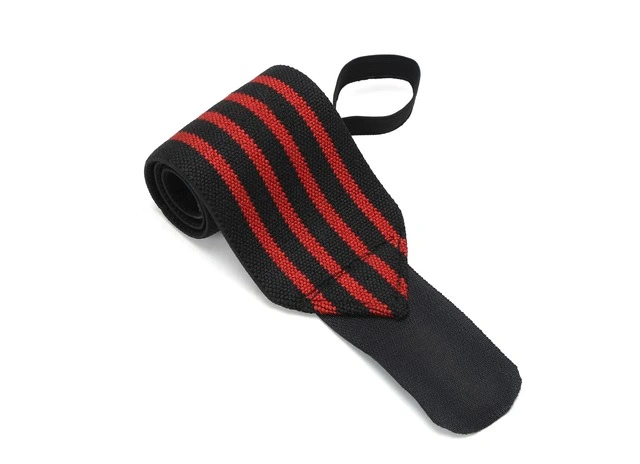Knee Wraps vs. Knee Sleeves: Which One to Choose?
Confused about picking the right choice between knee wraps and knee sleeves? Let’s simplify. Knee wraps are your heavy lifting companion, and provide adjustable support dedicated to powerlifting enthusiasts.
On the flip side, knee sleeves are your all-rounder coach, and offer consistent compression which is ideal for diverse workouts. Choosing the perfect tool is completely dependent on your fitness goal.
Need maximum support for intense lifts? Go for knee wraps. Seeking versatile joint warmth? Move towards knee sleeves.
Your fitness journey in Bangladesh gets a boost when your choice aligns with your workout demands. Let’s explore more about knee wraps vs knee sleeves.
Quick Table: Knee Wraps vs Knee Sleeves
Let’s check out some primary differences between knee wraps vs sleeves.
| Comparison Aspect | Knee Wraps | Knee Sleeves |
| Material | Elastic fabric | Neoprene |
| Application | Manual wrapping | Slide onto the knee |
| Usage | Heavy lifting | Various exercises |
| Primary Purpose | Maximal efforts | Joint warmth and support |
| Application Assistance | May need assistance | Easily self-applied |
| Tightness Adjustment | Adjustable tightness | Uniform compression |
| Sports Focus | Powerlifting | CrossFit, weightlifting |
Differences Between Knee Wraps vs Knee Sleeves
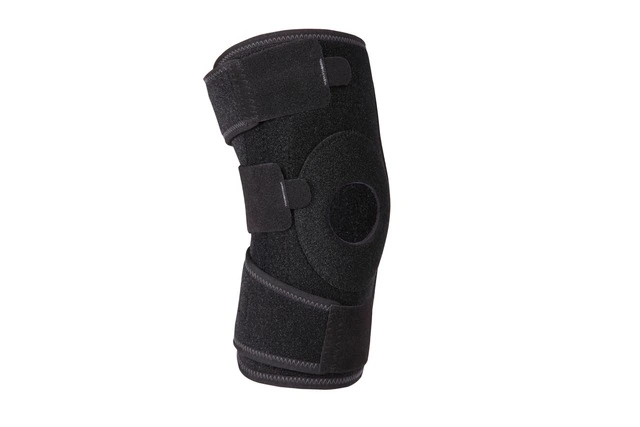
Here you know some differentiating facts about knee sleeve vs knee wrap that’ll lead you to an effective fitness journey.
Material Composition
Knee wraps and knee sleeves differ fundamentally in their material composition. Gym knee wraps are usually fashioned from elastic fabric, delivering customizable compression crucial for heavy lifting scenarios.
In contrast, knee sleeves feature construction primarily using neoprene material. This distinction in materials influences the level of support. Knee wraps offer adjustable compression, while knee sleeves provide consistent compression throughout workouts.
Application Method
The application method sets knee wraps and knee sleeves apart, impacting user convenience and preference. Knee wraps require a manual wrapping process, allowing for personalized tightness and support tailored to individual needs.
This method, although effective, can be complicated and may require assistance to achieve the desired level of compression. On the contrary, knee sleeves promote a user-friendly design that involves sliding them onto the knee.
This simple application process eliminates the need for complex wrapping and external assistance, making knee sleeves a convenient choice for those prioritizing ease of use.
Versatility in Use
The versatility in use creates differences between knee wraps and knee sleeves based on their adaptability to different workout routines. Knee wraps excel in providing maximal support during heavy lifts, making them the right choice for powerlifting enthusiasts in Bangladesh.
In contrast, knee sleeves for lifting showcase versatility, proving suitable for a broader range of exercises beyond just heavy lifting. This makes knee sleeves a preferred choice for individuals engaged in diverse workout routines, emphasizing adaptability and functionality.
Primary Purpose
The primary purpose of knee wraps and knee sleeves for the gym is their distinct roles in supporting athletes during workouts. Knee wraps are primarily designed to offer necessary support during maximal efforts, often seen in powerlifting scenarios.
The focus is on delivering adjustable compression to fulfill specific requirements of heavy lifting. On the other hand, knee sleeves prioritize joint warmth and general support, aiming to maintain a consistent level of compression across various exercises.
Recognizing the primary purpose helps individuals align their choice of accessory with their specific fitness goals and workout preferences.
Assistance Required
The application of knee wraps and powerlifting knee sleeves differs in terms of the assistance required, influencing user experience and ease of use. Knee wraps, due to their manual wrapping nature, often require assistance to achieve the desired level of tightness.
The difficult wrapping process can be challenging to execute independently, leading users to seek external help. Conversely, powerlifting knee sleeves are designed for easy self-application.
Their user-friendly design eliminates the need for external assistance, allowing users to independently wear them for various workouts.
Tightness Customization
The degree of tightness customization sets knee wraps and knee sleeves apart, addressing the individual preferences of users. Knee wraps offer a high level of customization as users can manually adjust the tightness to meet their specific needs.
This adjustability is particularly helpful in scenarios where varying levels of compression are required during different phases of a workout. On the contrary, knee sleeves, while providing consistent compression, lack the same level of tightness customization.
Ease of Application
The ease of application is a crucial factor influencing the choice between knee wraps and knee sleeves, impacting user convenience and overall satisfaction. Knee wraps, with their manual wrapping process, involve a more complex application method.
In contrast, a mentionable benefit of knee sleeves is their user-friendly design, allowing users to effortlessly slide them onto the knee. The simplified application process makes knee sleeves an attractive option for individuals demanding simplicity and independence in their workout routine.
Sports Focus
Knee wraps show their potential in powerlifting, where maximal support during heavy lifts is crucial. The adjustable compression they offer aligns with the specific needs of powerlifters, making wraps a popular choice in this domain.
On the other hand, knee sleeves showcase versatility and are well-suited for a broader spectrum of sports, including CrossFit and general weightlifting.
The difference in sports focus highlights how these accessories align with the specific demands of different athletic disciplines, influencing the choice of athletes based on their preferred sport and workout routine.
Durability
Durability plays a significant role in the lifespan and effectiveness of knee wraps and knee sleeves. Knee wraps, constructed from elastic fabric, may experience wear over time due to frequent stretching and wrapping.
The material’s longevity can be influenced by the intensity and frequency of usage. On the contrary, knee sleeves, manufactured from durable neoprene material, offer better resistance to wear and tear.
This enhanced durability ensures a prolonged lifespan, making knee sleeves a reliable choice for individuals seeking a long-lasting and robust workout accessory.
Which One Should You Pick?
For athletes of Bangladesh engaged in powerlifting or heavy lifting, knee wraps are an ideal choice. The adjustable compression they offer refers to the specific demands of maximal efforts, providing crucial support.
On the other hand, knee sleeves are more versatile and suitable for those with diverse workout routines, including CrossFit or general weightlifting. Their consistent compression and ease of application make knee sleeves a practical option for a broader range of exercises.
Conclusion
In the dynamic fitness landscape of Bangladesh, the choice between knee wraps and knee sleeves isn’t just about preference; it’s a strategic decision. The efficient support of wraps suits those conquering heavy lifts, while sleeves offer a versatile solution for diverse workouts. As you tread through the vibrant journey of fitness, align your choice with the specific demands of your workout.
FAQs
Can I use knee wraps or sleeves for running?
Knee wraps and sleeves are not recommended for running. They are designed for strength training and lifting, not for the dynamic movements involved in running. Consider using specialized running gear for optimal performance and comfort.
How tight should knee wraps be during powerlifting?
Knee wraps should be tight enough to provide support without compromising blood flow. Aim for a firm but not excessively tight wrap to ensure optimal stability during powerlifting exercises.
Are knee sleeves suitable for everyday use?
While knee sleeves provide general support, they are not designed for everyday use. It’s advisable to wear them during workouts for joint warmth and support, allowing desired recovery during rest days.

